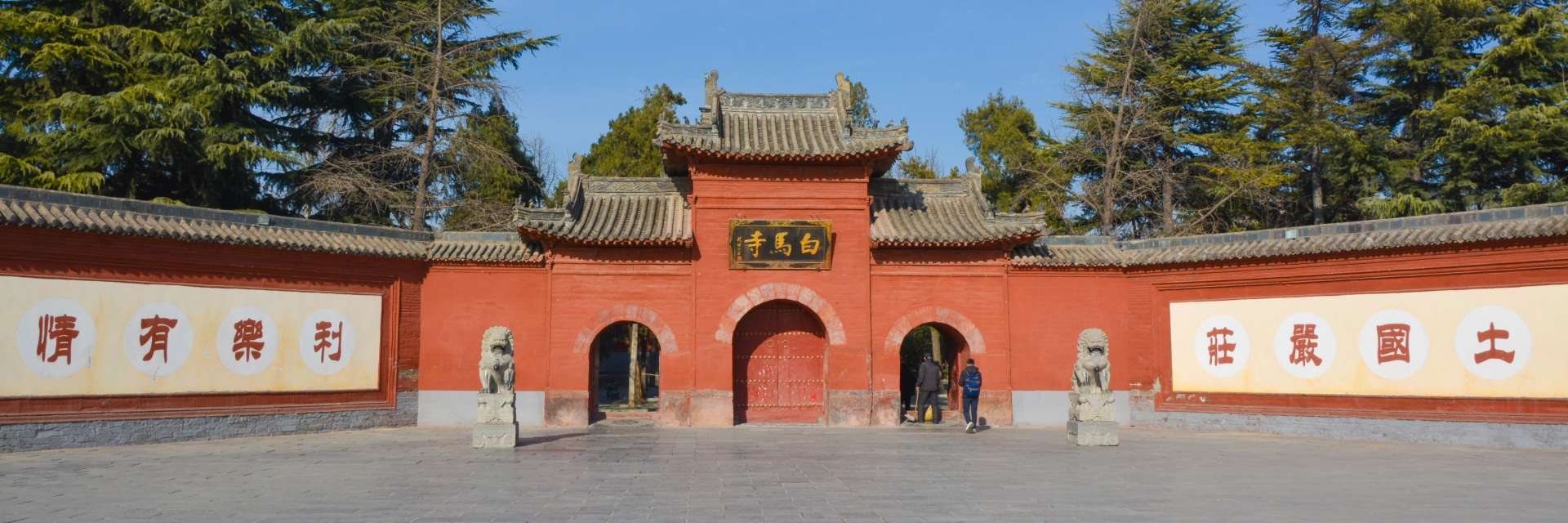
White Horse Temple in Luoyang: Earliest Buddhist Sites in China
By Leo
I’ve explored many hidden gems in Luoyang, and I think White Horse Temple you shouldn’t miss. Known as the first Buddhist temple in China, this historic site is rich in culture, ancient architecture, and spiritual significance.
In this guide, I’ll share my observations and practical tips to help you explore the history and beauty of the White Horse Temple in depth.
What is the White Horse Temple in Luoyang?
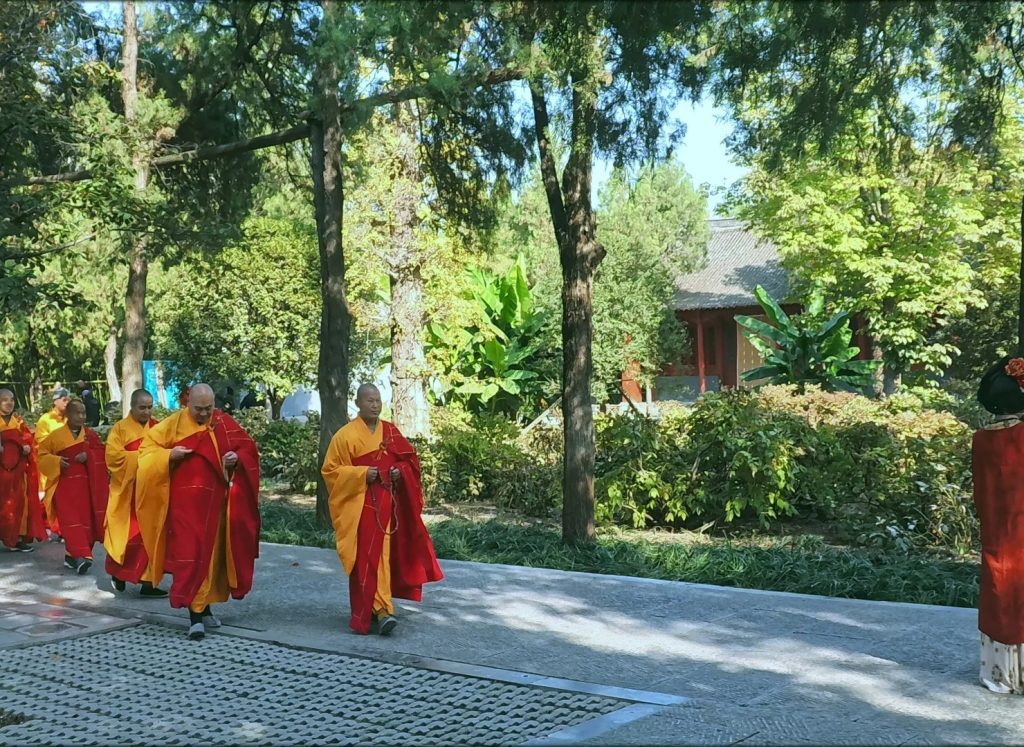
China’s First Buddhist Temple:
The White Horse Temple in Luoyang is the first Buddhist temple in China, established in 68 AD, marking the start of Buddhism’s journey in China when monks travelled along the ancient Silk Road bringing the idea into China.
Origin of the Name:
The name “White Horse Temple” comes from a fascinating legend: in 67 AD, two Indian monks, Kasyapa Matanga and Dharmaratna, arrived in Luoyang carrying Buddhist scriptures and statues on the back of a white horse. To honor this sacred journey, Emperor Ming built the temple in 68 AD.
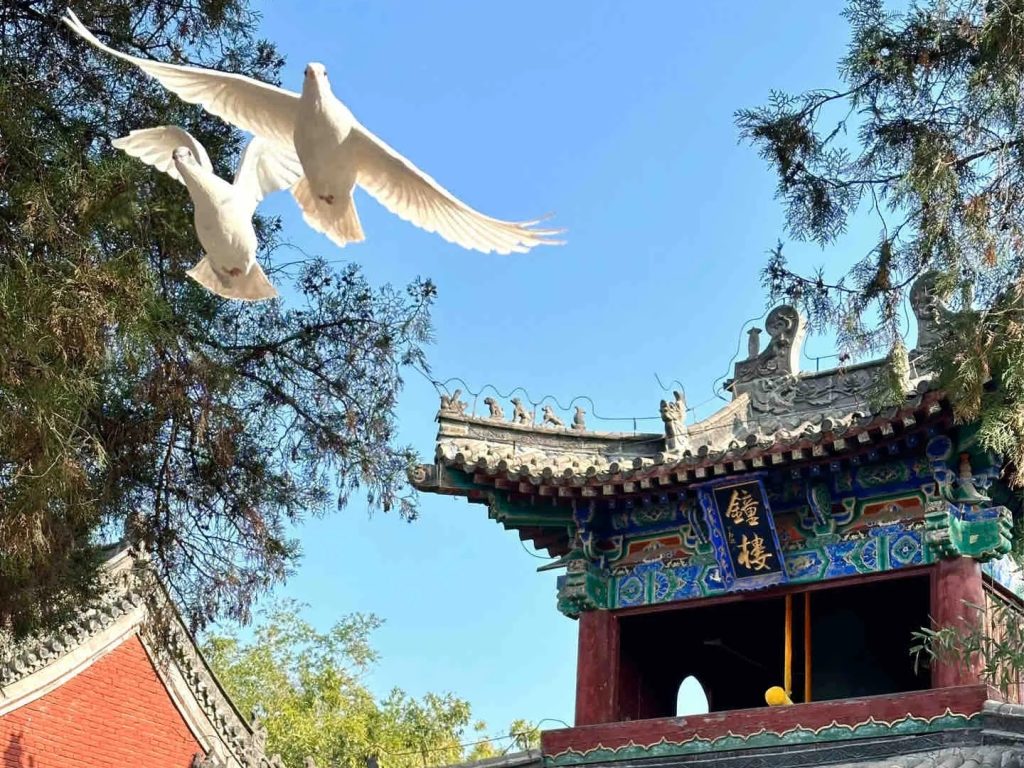
A Key Buddhist Landmark:
As China’s first Buddhist site, the White Horse Temple played a major role in translating Buddhist scriptures and spreading Buddhism throughout China.
Cultural and Spiritual Significance:
This temple represents the early cultural exchange between China and India, blending Chinese and Indian architectural styles.
Why White Horse Temple in Luoyang is a Must-See Destination?
The White Horse Temple in Luoyang is a key Buddhist site and a treasure of Chinese architecture. Each structure within the complex, from the Mountain Gate to the Pilu Pavilion, offers a glimpse into Buddhism’s history in China. Let’s explore the must-see highlights of this sacred place.
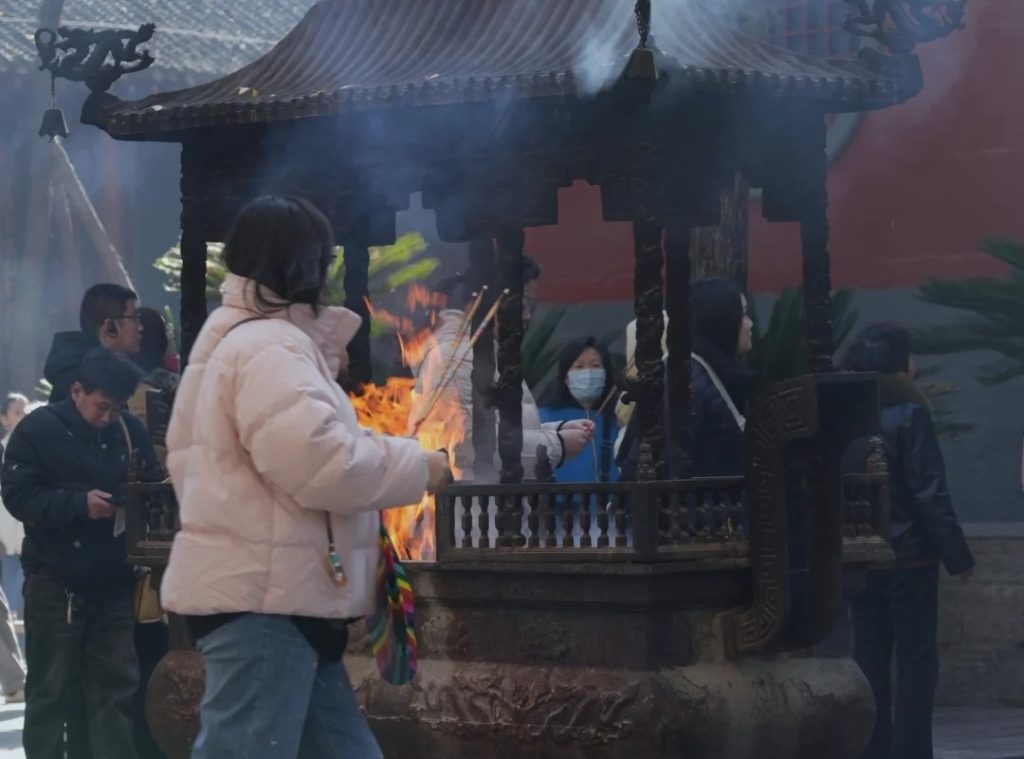
1. Exploring the Chinese Temple Complex at White Horse Temple
Mountain Gate (Shanmen): A vermilion Ming Dynasty gateway that frames a gilded Buddha niche, relocated from the Forbidden City. The inscription “白马寺” (White Horse Temple) was written by modern Buddhist leader Zhao Puchu.
Great Buddha Hall at White Horse Temple: Houses China’s only surviving Yuan Dynasty dry-lacquer statues of the Eighteen Arhats. Crafted from silk, hemp, and lacquer, these 700-year-old figures weigh just 3–5 kg but retain vivid colors.
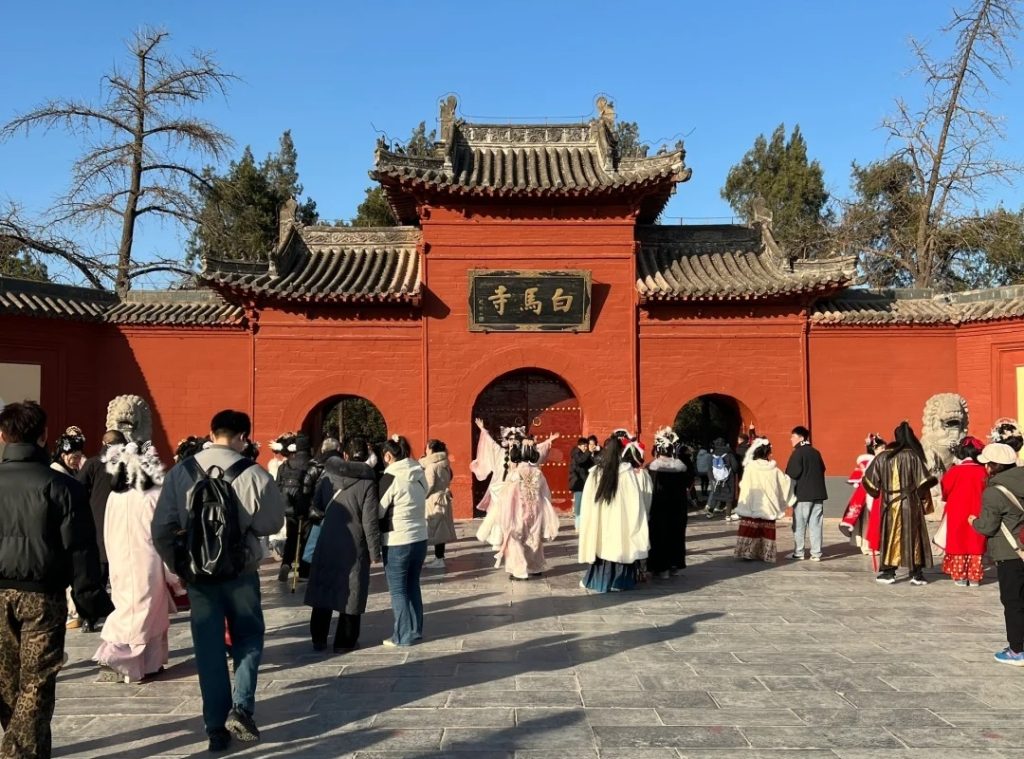
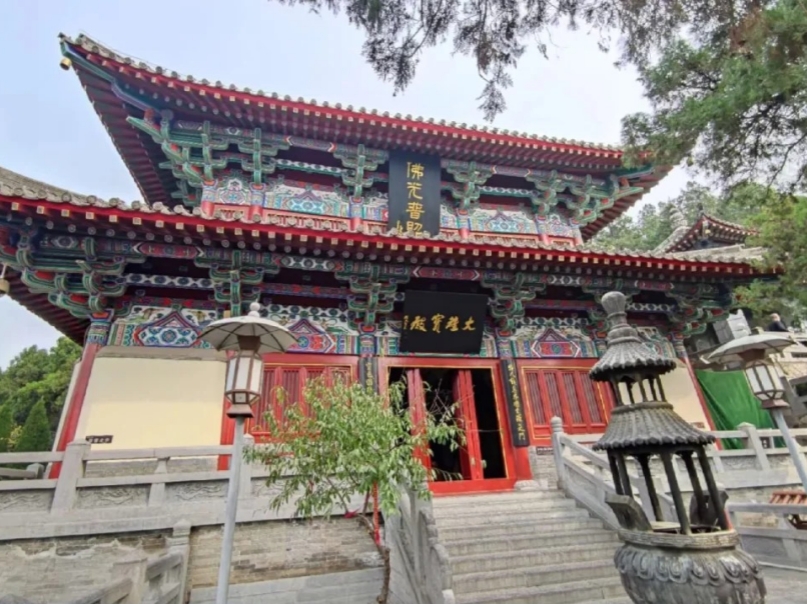
Cooling Terrace (Qingliang Tai): An elevated brick platform where China’s earliest sutras, including the Sutra in Forty-Two Sections, were translated. Tang Dynasty stone steps still bear traces of cinnabar, left by ancient scribes.
Pilu Pavilion: Features Qing Dynasty clay statues of Vairocana Buddha and flanking Bodhisattvas. Behind it, a stone tablet inscribed with the Sutra in Forty-Two Sections marks a pivotal moment in Buddhist history.


2. Qiyun Pagoda at White Horse Temple in Luoyang
Standing 200 meters southeast of the main temple, this 13-tiered Jin Dynasty brick pagoda (rebuilt in 1175) at the White Horse Temple in Luoyang is one of Luoyang’s oldest structures. Its parabolic design creates an acoustic phenomenon: clapping 20 meters away produces echoes resembling croaking frogs. Surrounding bamboo paths lead to the overlooked Tomb of Di Renjie, Tang Dynasty’s legendary detective.
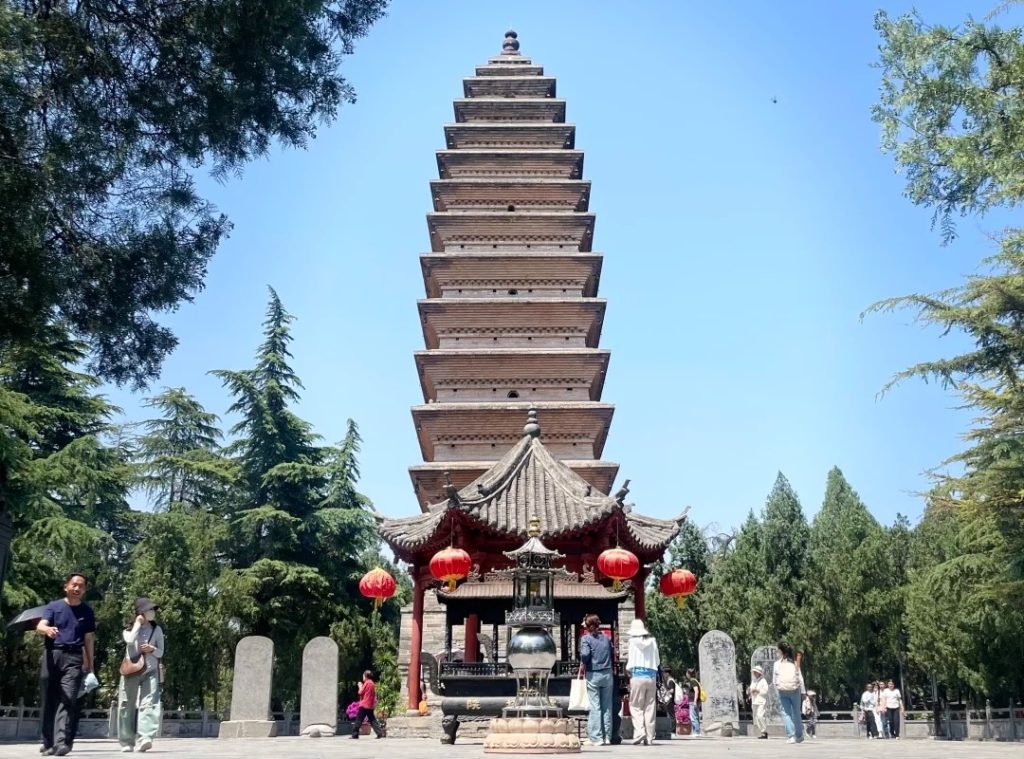

3. International Buddhist Complex at White Horse Temple
West of the main temple, four country-themed pavilions at White Horse Temple in Luoyang symbolize Buddhism’s global reach:
- Thailand: Golden-spired pagodas reflecting in lotus ponds, with murals depicting Buddha’s life and a 7.2-meter gilded Buddha statue.
- Myanmar: A pure-white stupa adorned with gold reliefs, crafted from teakwood. Its geometric silhouette against the sky offers ideal photo opportunities.
- India: A 1:1 replica of the Sanchi Stupa, featuring ancient scriptures and a dome symbolizing “heaven-round-earth-square” cosmology.
- China: Symmetrical courtyards centered around Qingliang Terrace (Cool and Clear Terrace), the Eastern Han Dynasty translation site of China’s first Buddhist sutra.
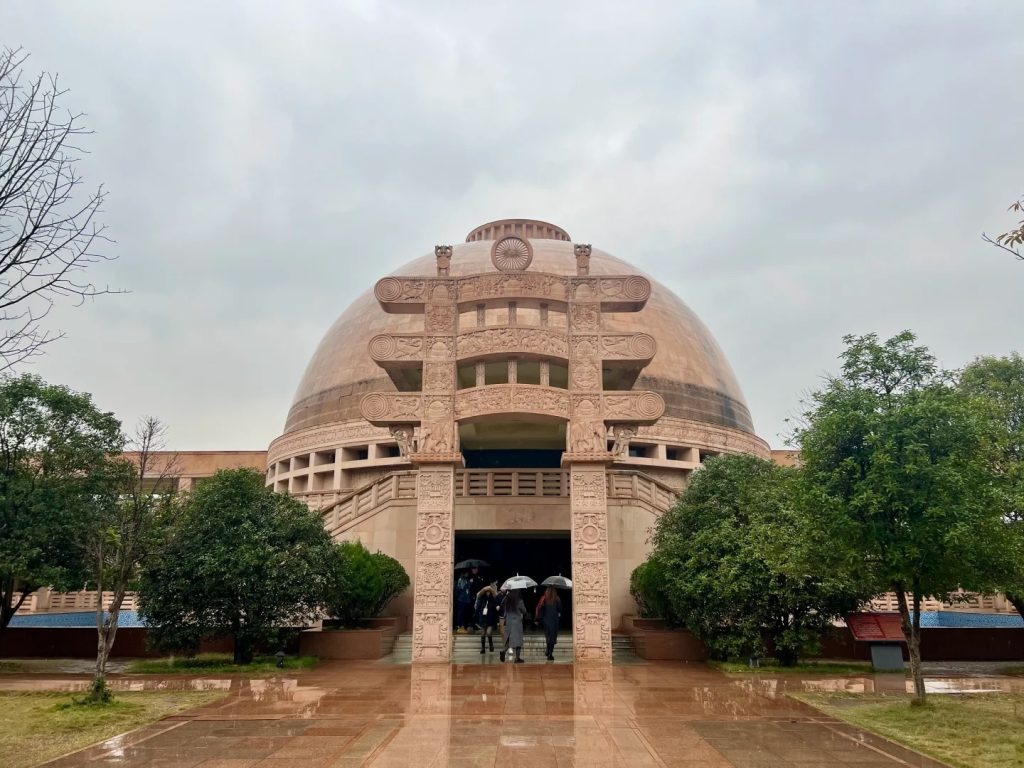
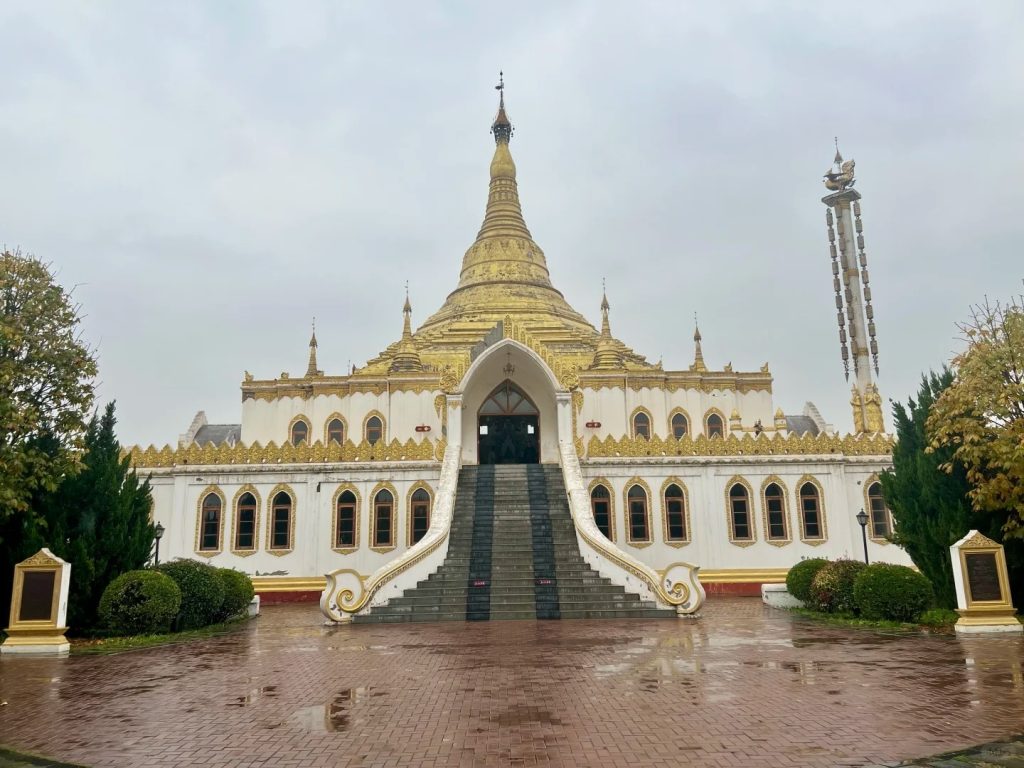
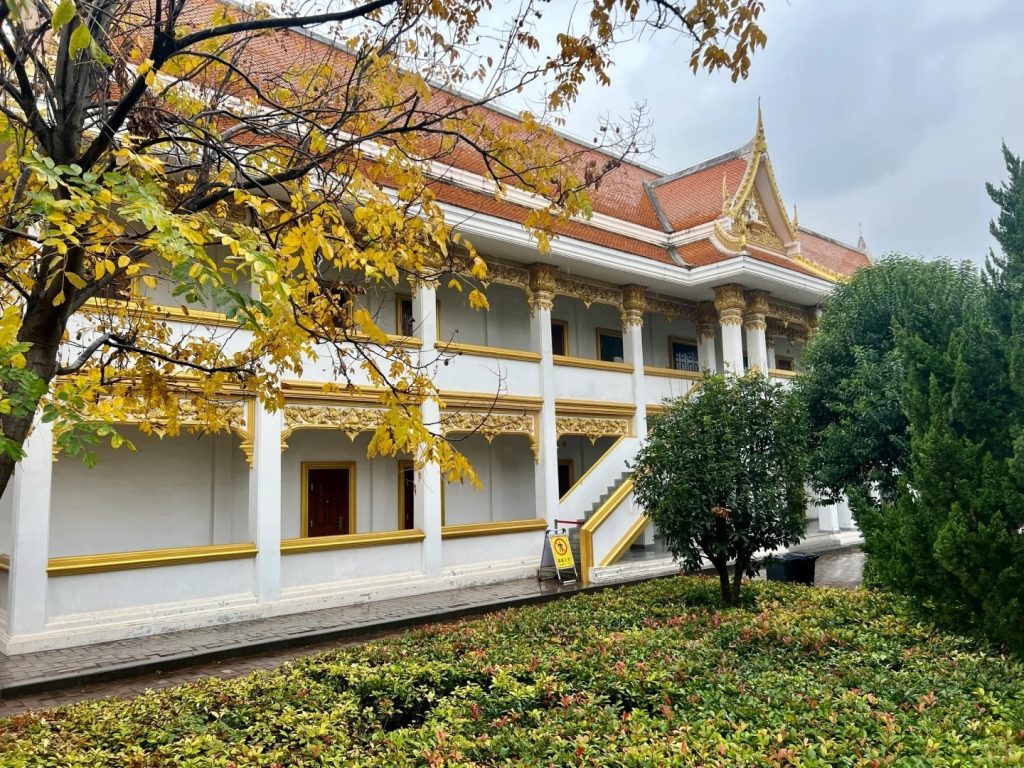
4. Hidden Cultural Gems at White Horse Temple in Luoyang
- Free Tea House: Tucked in bamboo groves, the Silent Tea House offers free tea, inviting quiet reflection amid rustling leaves and temple bells.
- Song Dynasty Stone Horses: Guarding the entrance, these weathered granite horses memorialize the temple’s founding legend of scriptures carried by a white horse
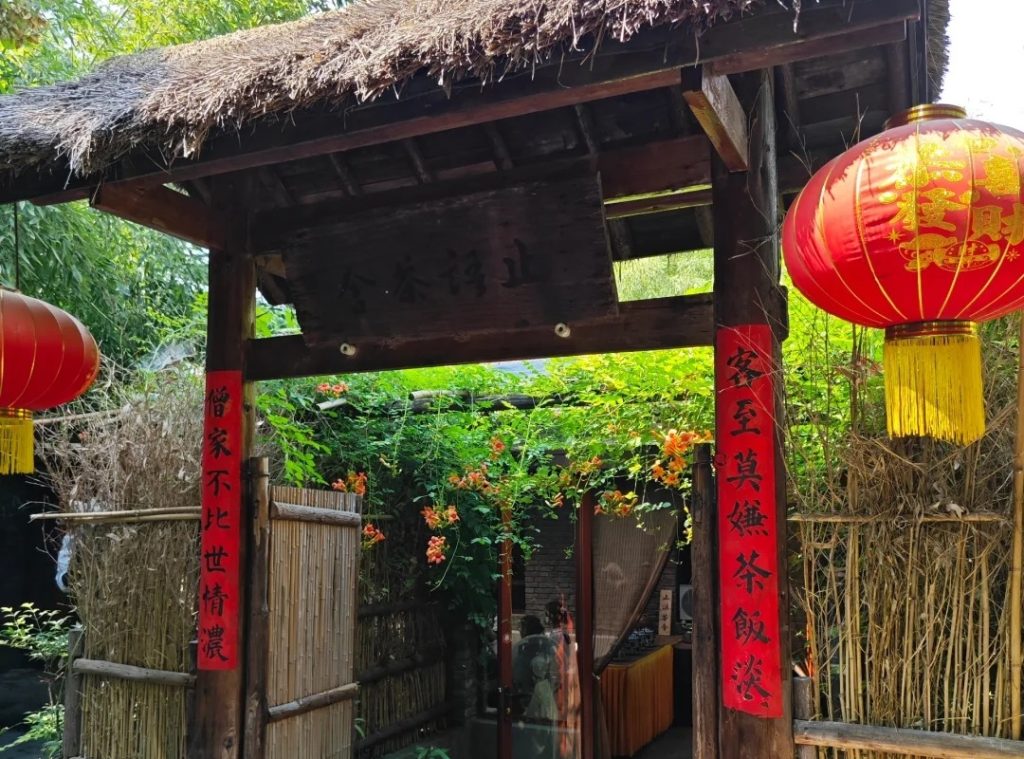

Planning Your Visit to the White Horse Temple in Luoyang
Reaching the White Horse Temple in Luoyang with Ease
By Bus: This is the most economical option. From Luoyang Railway Station, you can take bus numbers 56 or 58 directly to the “Bai Ma Si” (White Horse Temple) stop. If you’re in downtown Luoyang, bus 59/34 can connect you to bus 56. The journey typically takes about 1 hour and 20 minutes to 1 hour and 40 minutes, depending on traffic.
By Taxi: For a quicker and more comfortable journey, a taxi or ride-sharing service is a good choice. From Luoyangdong Railway Station, a taxi ride takes approximately 24 minutes. while from Luoyang city center, it usually takes about a 20-30 minute ride.

Best Time to Visit the White Horse Temple in Luoyang
Spring (March to May): Ideal for experiencing vibrant gardens and the Peony Festival in April, when the temple is filled with blooming flowers and fragrant scents.
Autumn (September to November): Enjoy cool weather and stunning views of golden leaves contrasting with the red temple walls, perfect for exploring.
Early Mornings: For a peaceful and quiet experience, visiting in the morning is ideal, as it’s less crowded and allows for a serene atmosphere.
These times ensure a beautiful and comfortable visit to White Horse Temple during your luoyang tours.
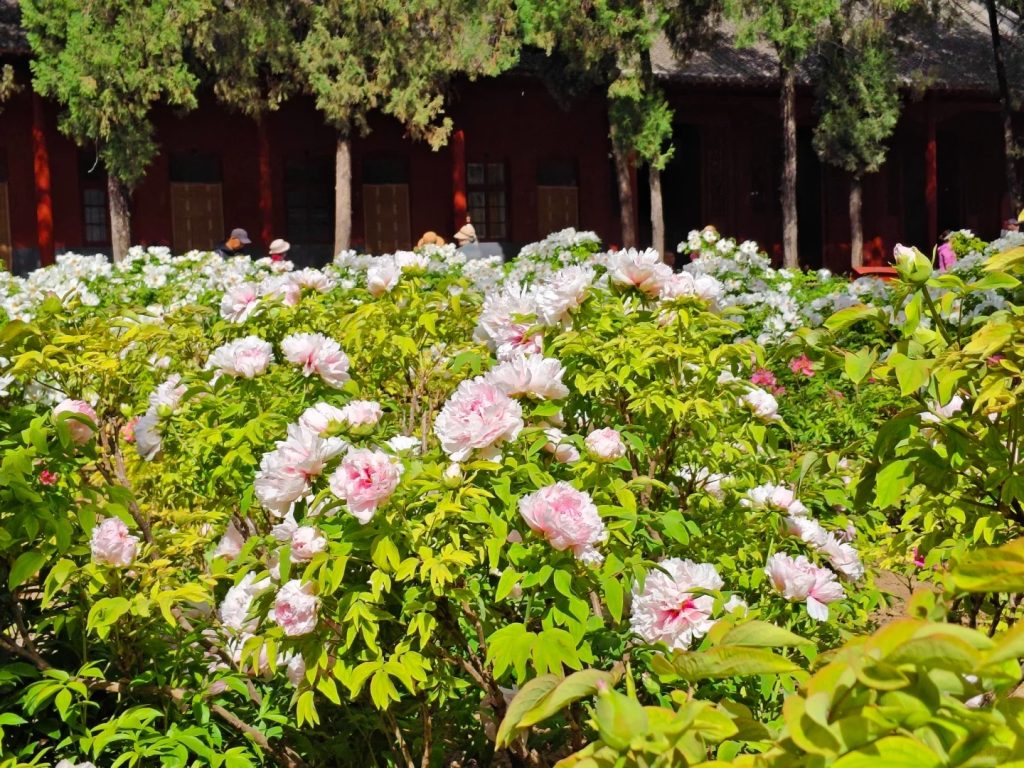

What to See in Luoyang Besides White Horse Temple
Luoyang, a city rich in history, is the perfect place to explore the White Horse Temple in Luoyang as part of a broader cultural journey. I often suggest combining a visit here with other iconic sites to fully immerse yourself in the city’s heritage.
Longmen Grottoes: A UNESCO World Heritage site, these Buddhist caves showcase stunning rock-carved Buddhas and bodhisattvas. Combining a visit with the White Horse Temple offers a deep dive into Buddhism’s history in China.
Shaolin Temple: Situated on Mount Song, it’s the birthplace of Zen Buddhism and Kung Fu. Though farther away, it complements the White Horse Temple with its profound cultural and spiritual significance.
The White Horse Temple in Luoyang is a living testament to China’s history and spiritual heritage. From its ancient origins to its role in global Buddhism, the temple offers a unique experience. Whether you’re a history enthusiast or a curious traveler, it promises an unforgettable visit, leaving you inspired and at peace.